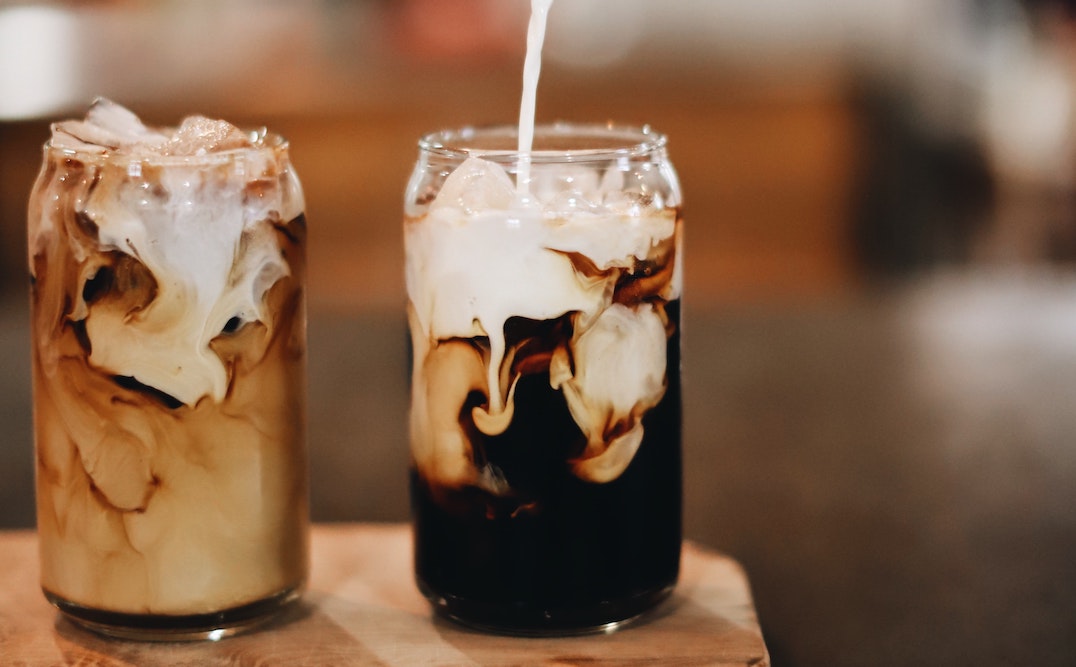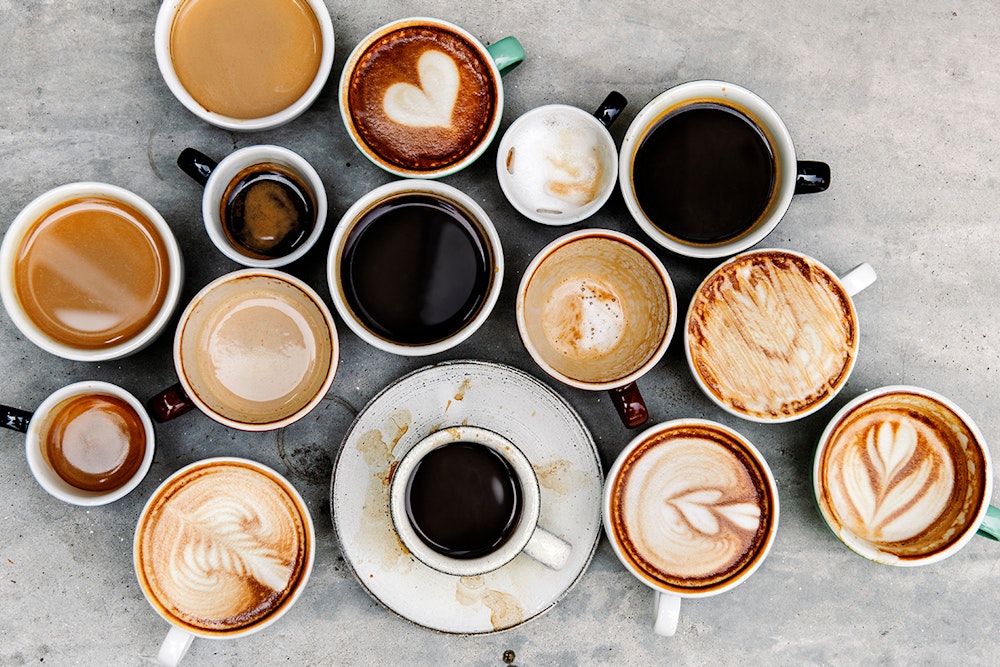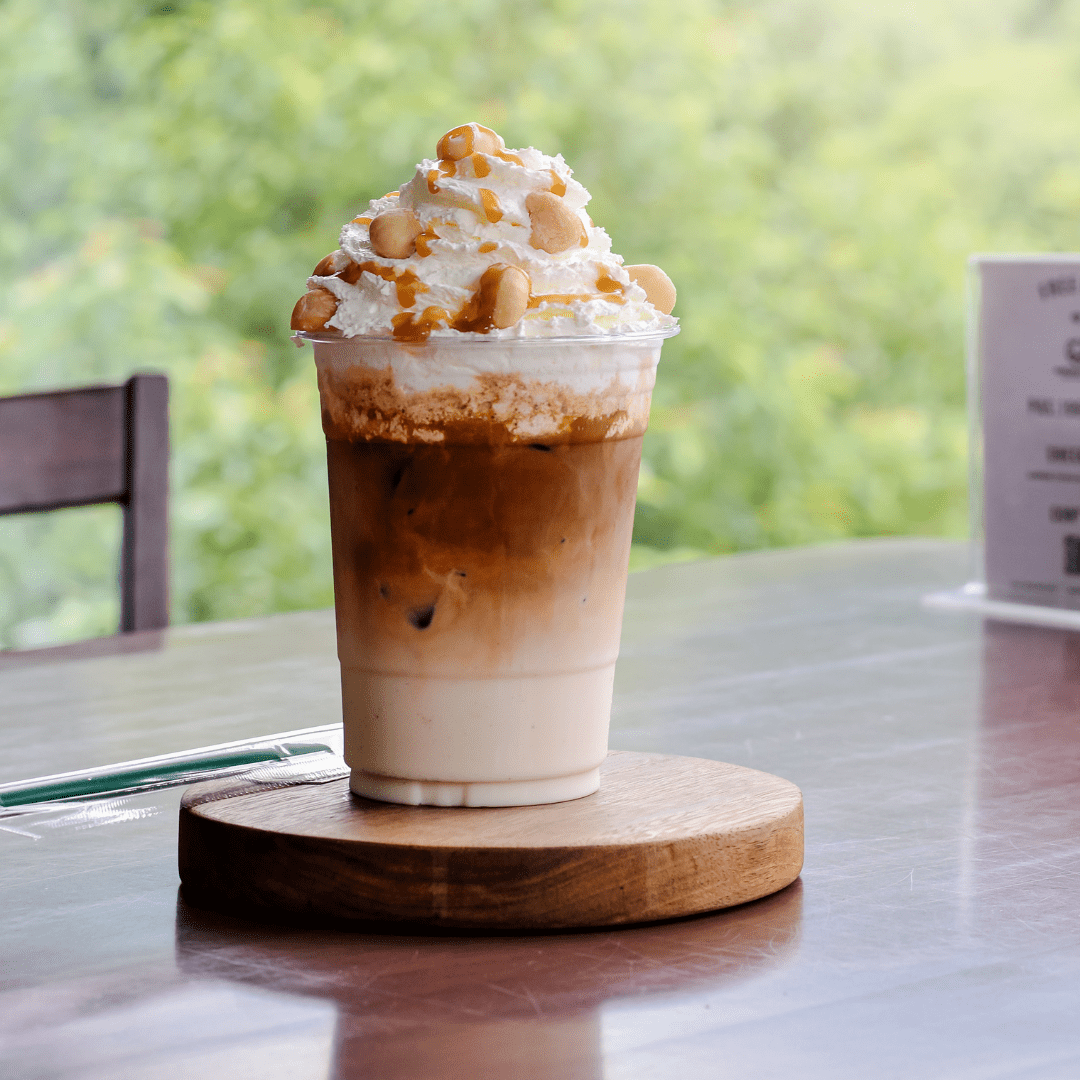If you’ve been sipping your daily brew just to wake up, you’re missing out. Here’s the real kicker: coffee, when consumed the right way, can actually help you lose weight. Yes, we said it. Not all coffee drinks are calorie bombs loaded with cream and sugar. In fact, some coffee variations are your secret weapon for burning fat, reducing cravings, and accelerating your metabolism.
Let’s be honest—”weight loss coffee” sounds like a marketing gimmick. But the science says otherwise. Caffeine can stimulate thermogenesis (your body’s calorie-burning process) and mobilize fat from fat tissues. And when you mix that with smart ingredients and skip the sugar-laden add-ons, coffee becomes a legitimate tool in your weight loss arsenal.
This guide isn’t just another “skip the latte” list. We’re diving deep into the art and science of coffee drinks crafted specifically for weight loss. We’ll talk metabolism-boosting ingredients, explain why some brews outperform others, and yes—share delicious, easy-to-make recipes you won’t believe are diet-friendly.
So whether you’re trying to slim down, boost energy, or finally drop that stubborn belly fat, this article will give you fresh insight into how your cup of joe can work for you. Let’s turn your favorite ritual into your most effective fat-burning habit.

Why Coffee Can Actually Support Weight Loss
We hear it all the time: coffee curbs your appetite. But that’s just the tip of the iceberg. Coffee affects your body in several fat-burning ways:
1. It boosts your metabolism.
Caffeine, the main active ingredient in coffee, stimulates your central nervous system, increasing your metabolic rate. That means your body burns more calories even when you’re at rest. Several studies show caffeine can increase resting metabolic rate by 3-11%.
2. It mobilizes fat from fat tissues.
Caffeine increases adrenaline, which tells your fat cells to break down fat and release it into your bloodstream. This is especially effective when paired with light physical activity, such as a morning walk after your cup.
3. It enhances exercise performance.
Drinking coffee before a workout improves endurance, focus, and fat oxidation. That means you work out longer and burn more fat.
But here’s where most people go wrong: they take coffee’s benefits and drown them in sugar, whipped cream, and artificial syrups. These additions spike your insulin and store fat instead of burning it.
So if you’re serious about using coffee to drop weight, it’s about making the right kind of coffee—the kind that burns fat, not stores it.
Black Coffee vs. Fancy Lattes: What’s Best for Burning Fat?
If you want maximum weight loss benefits from coffee, go black.
Black coffee is virtually calorie-free and delivers caffeine straight up. No sugar. No cream. Just pure metabolic boost.
On the flip side, fancy coffee shop lattes can contain more sugar than a can of soda. A caramel frappuccino? Nearly 400 calories. A white chocolate mocha? Over 500.
Here’s a quick comparison:
-
Black coffee (8 oz): 2 calories, 0 sugar
-
Latte with whole milk (16 oz): 190+ calories, 18g sugar
-
Flavored frappuccino (16 oz): 380+ calories, 50g sugar
Those sugary coffee drinks work against your goals. They spike blood sugar, lead to energy crashes, and increase belly fat.
But you don’t have to drink bitter coffee to stay on track. You can craft flavorful, fat-burning versions of your favorite coffee drinks at home using low-calorie sweeteners, unsweetened almond milk, MCT oil, or collagen protein. And we’ll show you how.
Best Homemade Coffee Drinks for Weight Loss (With Recipes)
Let’s talk DIY. When you make your own coffee drinks, you control the calories, ingredients, and flavors.
1. Cinnamon Vanilla Iced Coffee
-
1 cup chilled black coffee
-
1/4 tsp cinnamon (boosts fat metabolism)
-
1/2 tsp vanilla extract
-
Ice + a splash of unsweetened almond milk
2. Bulletproof-Style Coffee
-
1 cup hot black coffee
-
1 tbsp MCT oil or coconut oil
-
1 tbsp grass-fed butter or ghee Blend until frothy. This drink keeps you full and supports ketosis.
3. Cold Brew with Collagen
-
1 cup cold brew
-
1 scoop collagen peptides (supports skin + fat loss)
-
Stevia or monk fruit to taste
-
Ice + a splash of oat milk (unsweetened)
4. Spiced Himalayan Pink Salt Coffee
-
1 cup black coffee
-
Pinch of Himalayan pink salt
-
Dash of cayenne or turmeric This combo supports salt metabolism and has anti-inflammatory benefits.
These recipes are designed to burn fat, support satiety, and satisfy cravings without derailing your diet. You can enjoy them daily and feel good doing it.

Ingredients to Avoid in Weight Loss Coffee Drinks
Some “coffee additives” are silent saboteurs. Here’s what to avoid:
1. Sugar and Syrups: Obvious, but often overlooked. Even “natural” syrups pack 15-30g of sugar per serving.
2. Artificial Creamers: Loaded with hydrogenated oils and hidden carbs. They may say “sugar-free” but often contain artificial sweeteners that trigger cravings.
3. Flavored Whipped Cream: Adds empty calories and unhealthy fats.
4. Whole Milk or Half-and-Half: Choose plant-based, unsweetened options instead.
Want to sweeten your coffee without sabotaging your progress? Try:
-
Stevia or monk fruit
-
Unsweetened almond or oat milk
-
Cocoa powder for chocolatey flavor
These swaps help maintain your low-calorie diet while enhancing your coffee’s taste.
When and How to Drink Coffee for Maximum Weight Loss (300+ words)
Timing matters. Drinking coffee first thing in the morning can jump-start your metabolism—but pairing it with a protein-rich breakfast is better than going caffeine-only. Coffee alone might suppress your appetite temporarily, but without real nutrients, you may find yourself overeating later in the day.
Best times to drink coffee for weight loss:
-
Morning (7–9 AM): A fresh cup can increase thermogenesis and help you feel more alert. Add cinnamon or MCT oil for an extra fat-burning boost.
-
Pre-workout (30 minutes before exercise): Coffee can enhance endurance and promote greater fat oxidation during moderate-intensity workouts. A splash of coconut oil or a scoop of collagen protein can offer sustained energy.
-
Midday slump (1–3 PM): A strategic cup of coffee here can help curb sugar cravings and prevent mindless snacking—just be sure it’s not loaded with cream and sugar.
Avoid:
-
Drinking coffee after 4 PM. Caffeine has a half-life of about 5–6 hours, so late-day consumption can interfere with sleep quality—which is crucial for weight loss and hormonal balance.
-
Over-caffeinating. More isn’t always better. Going beyond 3–4 cups a day can raise cortisol, spike anxiety, and sabotage fat metabolism.
Pro tip: Always drink water first. Hydration helps your body process caffeine more efficiently and prevents the dehydration that can lead to false hunger signals.
Make your coffee work with your body, not against it. Think of each cup as a nutritional opportunity—not just a pick-me-up—and align it with your movement, meals, and sleep patterns. When consumed mindfully, coffee becomes more than a habit—it becomes a tool for transformation.
The Link Between Coffee, Intermittent Fasting, and Fat Loss
Fasting + coffee = fat-burning synergy.
When fasting, drinking black coffee helps suppress hunger and increases fat oxidation. It keeps insulin levels low, which is key to burning stored fat.
Here’s how to do it:
-
Stick to black coffee or coffee with MCT oil during fasting windows.
-
Avoid anything that adds calories (milk, sugar).
-
Break your fast with a nutrient-dense meal (lean protein, fiber, healthy fats).
Many people find that coffee makes fasting easier and more sustainable. Just don’t overdo it. Two cups max during the fast is a safe zone.
How to Create a Sustainable Coffee Routine for Long-Term Weight Loss
Weight loss isn’t a 7-day cleanse. It’s a long game. So instead of treating coffee like a quick fix, start thinking of it as a consistent, supportive part of your wellness routine—something that works with your lifestyle, not against it.
Here’s what a sustainable coffee habit looks like:
-
Start your day with intention. Instead of stumbling to the kitchen for a sugar-loaded latte, try beginning with a glass of water, then brew a cup of black coffee or a low-calorie version that supports your goals. Adding MCT oil, cinnamon, or collagen can help you feel full longer and promote fat metabolism.
-
Keep it homemade when possible. Making your coffee at home allows you to avoid the hidden sugars, artificial creamers, and unnecessary calories that come with many store-bought options. Plus, you can experiment with different ingredients like unsweetened almond milk, pink Himalayan salt, or vanilla extract to create your perfect low-calorie recipe.
-
Sync your coffee with key routines. Drinking coffee before your workout? Great. Mid-morning pick-me-up? Even better. But make sure your coffee is working with your body’s natural rhythms. Too much caffeine late in the day can lead to poor sleep—something that quietly sabotages your weight loss efforts over time.
-
Listen to your body. If coffee is making you jittery, disrupting your digestion, or causing crashes, it may be time to adjust your dose or timing. Long-term success depends on self-awareness and flexibility.
-
Balance is everything. Coffee can suppress appetite, but it’s not a substitute for nutrient-dense meals. Use it as a tool—not a crutch—and pair it with whole foods, hydration, and mindful movement.
In short, let your coffee habit evolve into something intentional, nourishing, and sustainable. When done right, your daily brew becomes more than a comfort—it becomes a catalyst for long-term transformation.

FAQ
Can I drink coffee on an empty stomach for weight loss?
Yes, but be mindful. While black coffee can boost fat metabolism when fasting, some people may experience acid reflux or jitters.
What is the best coffee for weight loss and energy?
Black coffee with added MCT oil or collagen is great for both fat burn and lasting energy.
Are weight loss coffee powders effective?
Some contain helpful ingredients like green coffee bean extract or garcinia cambogia, but check for added sugars or fillers.
How many cups of coffee per day is ideal for weight loss?
2-3 cups spread throughout the day can enhance fat metabolism without overstimulating your system.
Does coffee burn belly fat specifically?
Not directly. But by boosting metabolism and supporting fat oxidation, it can contribute to overall fat loss, including belly fat.
Conclusion
Coffee is no longer just a morning habit. It’s your daily opportunity to burn fat, feel full, and fuel your day without sacrificing taste. When used wisely, coffee becomes a powerful ally in your weight loss journey.
But remember—it’s not about a miracle drink. It’s about small, smart choices made consistently. Swap the sugar bomb lattes for homemade metabolism-boosting brews. Replace mindless sipping with intentional fueling. And most importantly, listen to your body.
This journey isn’t about restriction. It’s about transformation. Your morning coffee can be a ritual of self-care and strength.
So tomorrow, when you hold that warm cup in your hands, ask yourself: what will this brew do for me today?
Choose wisely. Sip boldly. And let your next cup bring you one step closer to the healthier, energized, and confident you.